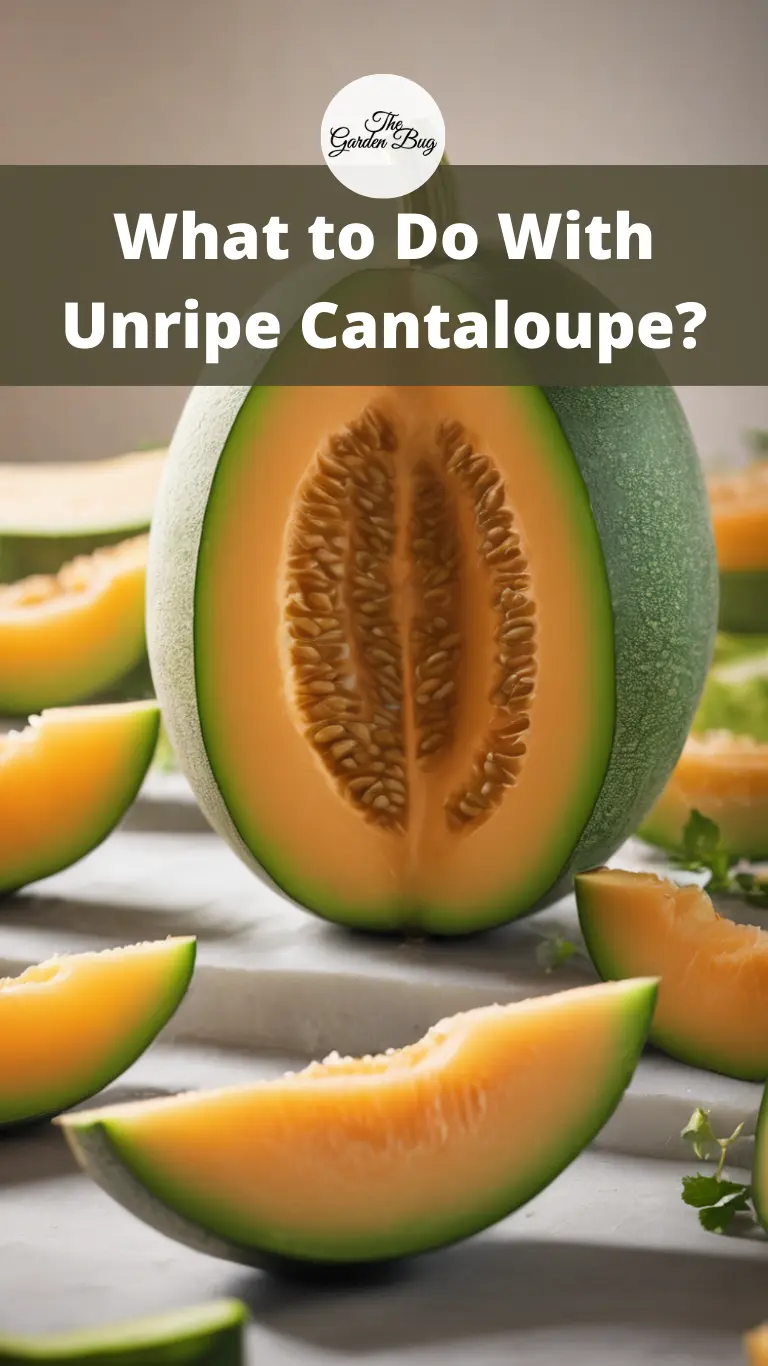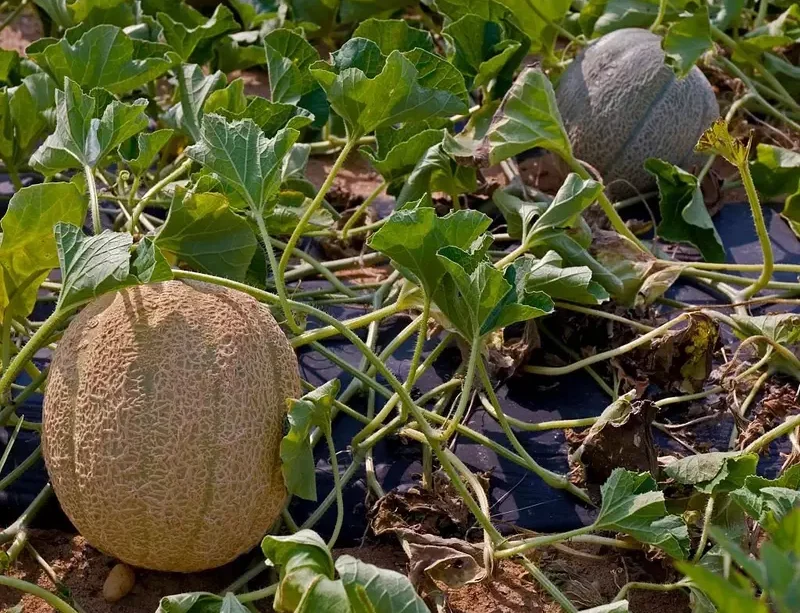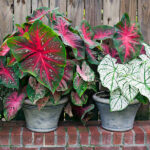Cantaloupes – those sweet, juicy treasures that are the heart of summer! You’ve grown or bought one, anticipating that burst of flavor, only to cut it open and find it’s not ripe yet. Don’t worry, it happens to the best of us. Let’s navigate this unripe cantaloupe dilemma together.
Identifying an Unripe Cantaloupe
Recognizing an unripe cantaloupe is the first step in fixing our situation. But how can we tell if it’s not ready? There are a few tell-tale signs. Unripe cantaloupes often feel lightweight, and their skin color is more green than tan or beige. If you tap it, instead of a hollow sound, you’ll hear a dull thud. When you smell it, there’s no sweet scent, only a faint or even no aroma at all. But the true test comes when you slice it open – an unripe cantaloupe lacks the juicy, orange flesh we all love and long for. Instead, it’s pale and dry. Now that we’ve identified our unripe cantaloupe, let’s explore what we can do about it.
Health Risks Associated with Unripe Cantaloupe
Eating an unripe cantaloupe isn’t the most pleasant experience, with its lack of sweetness and hard texture, but is it bad for you? Not exactly, but it’s certainly less nutritious than its ripe counterpart. The fruit’s health benefits, like its high levels of vitamin C and beta-carotene, develop fully only when it’s ripe. Plus, unripe cantaloupes can be harder to digest. So, while they’re not harmful, they’re definitely not as tasty or beneficial as ripe ones.
Ways to Ripen an Unripe Cantaloupe
Now, to the big question – can we turn our unripe cantaloupe into a sweet, delicious delight? The answer is, ‘Yes, sometimes.’ Once a cantaloupe is off the vine, its sugar content won’t increase, but it can still soften and develop a more potent aroma. Simply keep it at room temperature for a few days. Check it regularly for signs of ripening, like a sweet aroma and a change in color.
But what if it doesn’t ripen or we simply can’t wait? Well, unripe cantaloupe can still be useful. Consider using it in cooking, where its firm texture can be a plus. It can be stir-fried, baked, or used in soups. With a bit of creativity, an unripe cantaloupe can turn into a tasty adventure!
Creative Uses for Unripe Cantaloupe
Unripe cantaloupe might lack sweetness, but it has a crisp texture and a subtle flavor that can be a hidden culinary treasure. It can be pickled, offering a unique, tangy side dish. Ever thought of cantaloupe jam? Unripe ones are perfect for that. They can also be grated and used in salads or coleslaw for a refreshing twist. With a little bit of creativity and an adventurous spirit, unripe cantaloupes can be turned into delightful dishes!
Preventing Future Harvest of Unripe Cantaloupe
Harvesting unripe cantaloupes is disappointing, but it can be avoided. Paying attention to the signs of ripeness while they’re still on the vine can make all the difference. A ripe cantaloupe will generally have a sweet, musky smell at the stem end and the skin under the net-like texture will change from green to a beige or yellow color. Remember, cantaloupes don’t ripen significantly off the vine, so timing your harvest is crucial.
Conclusion
Unripe cantaloupes are a challenge, but they’re not a lost cause. Whether you decide to let them ripen a bit more, use them in a new recipe, or learn from the experience to better your future harvests, there’s always a way to make the best out of the situation. Next time you come across an unripe cantaloupe, embrace the opportunity to experiment and learn more about this versatile fruit!





